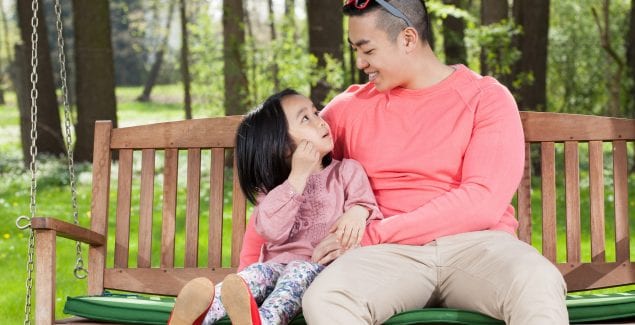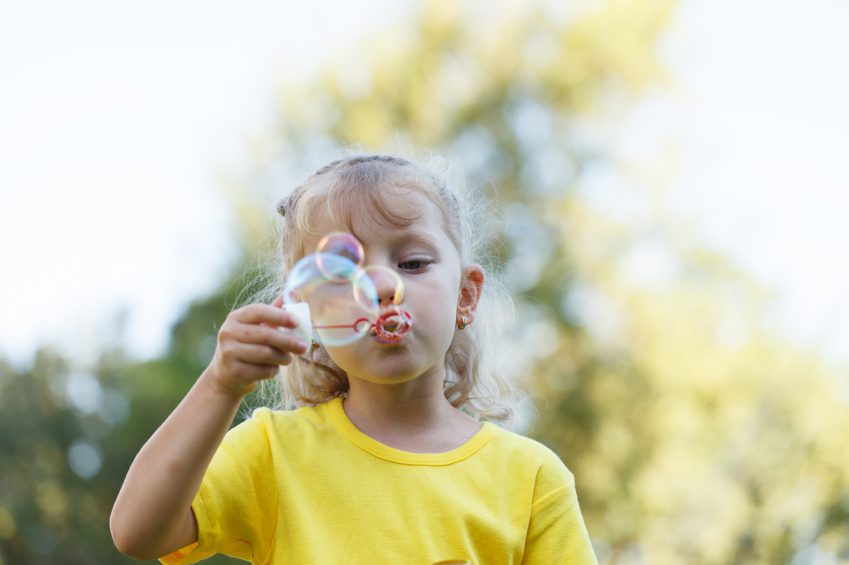Building Mental Wellness in Children: What Parents Can Do

Posted in: Grade School, Infants & Toddlers, Parenting Concerns, Pre-School, Teenagers
Topics: Child + Adolescent Development, Healthy Living, Relationships
Este artículo está disponible en español.
Parents are the true experts when it comes to knowing their children, and often the first to notice any changes in their kids’ behavior:
Colin was a happy youngster. He had friends, did well in school, and got along with his siblings and parents at home. But in recent months, mom noticed that Colin seemed more distant. He was irritable, isolated, and didn’t seem to enjoy things he used to love, like basketball, drawing, or just hanging out at the kitchen table. His parents were worried, but didn’t know what to do.
“Did we do something wrong? Did something traumatic happen? Is this a mental health issue?”
Many parents in this situation feel lost. They may worry alone, or don’t know how to get to the bottom of the problem – if there is a problem. These kinds of questions and fears are really common.
So, what can parents do?
It turns out that one in four people will experience a mental health condition over the course of their lives. Half of these conditions begin before age 14, and 75 percent before age 26. This means that to successfully treat mental health conditions and prevent negative mental health outcomes, we need to look early at our kids’ overall emotional well-being. One of the ways parents can help do this is by creating environments that help our kids to grow up resilient.
Resilience isn’t something we’re born with – we build it through experience. And with this experience, kids acquire skills to stave off issues like depression, anxiety and other emotional problems, and just as importantly, to overcome problems when they arise.
The two key components of resilience are engagement and awareness. Engagement is how we connect with others. When children have candid, trusting communication with others – parents, teachers, siblings – they get to practice processing their experiences and discover new ways of coping. Awareness is our ability to self-reflect. It’s a skill that can be learned by children and encouraged parents. If children can identify when they feel out of sorts, they are a step closer to being able to ask for or seek help.
Below are some techniques that parents can use to foster resilience in children, and identify early any mental health conditions. Many of these can become part of our natural, daily lives.
Tips for Parents
- Have Conversations Early and Often. The best way to foster engagement, increase your child’s self-awareness, and to figure out what is going on with your child is to have open conversations. Start early. From toddlerhood through adolescence and young adulthood, ask and talk about their mood, interests, behavior, friends, struggles and successes. If this is seen as part of your routine relationship, it will pay off in the long run. Also, share your own experiences. Kids love stories about family, and appreciate hearing what you went through in life.
- Observe Changes in Behavior. Worrisome changes in a child’s behavior might be obvious, but could be subtle. Behaviors parents can be aware of are changes in appetite; sleep; mood (irritability, tantrums, sadness); relationships with others (friends, siblings, parents); social isolation; poorer academic performance; loss of interest in things previously enjoyed (sports, music). Any of these could be a sign of a mood, anxiety, or other psychiatric disorder; traumatic experience; substance use problem; or relationship problem, such as bullying.
- If You Notice Behavioral Changes, Ask. This is easier if you have started conversations early. But if not, start gently. No need to make bold pronouncements like, “You’re really acting differently.” Instead, ask open-ended questions like, “How are things going? What’s new? Anything wrong or upsetting you?” This approach invites a story rather than a simple yes or no response. Have patience. It may take many conversations to learn more about what’s going on. But if your child is overwhelmed for whatever reason, pushing to cover all ground at once may backfire.
- Once in Conversation, Get More Specific. If your child starts to open up – whether about cyberbullying, depression, or anxiety – then you can start getting specific. Don’t be afraid to ask about the nature of social relationships or depressive feelings, or the details of anxiety or suicidal thinking. There is often a myth that asking about dangerous topics like feelings of self-harm will cause them. This is totally wrong. Most kids, and adults, feel relieved when someone asks, and want to talk about what is going on.
- Get Consultation. It’s often useful to call a school guidance counselor, teacher, coach, or other parents who spend time with your child, to see if they notice the same things, or if they have some insight into what may be going on. And remember, if you have concerns about your child’s emotional or behavioral health, these are just as important as physical health concerns to raise with your child’s pediatrician.
- Practice Self-Care. We all know the line on the airplane: “In the event of an emergency, please put on your own life mask before assisting others.” This is really important for parents. You cannot help your child unless you take care of yourself. This might mean finding ways to calm your own anxieties, fears, or depression. Support from others, like a spouse, sibling, friend, or parent, can be really helpful. The same rules of conversation with your kids apply to others in your life, too – when we practice these conversations, we build resilience in ourselves, and we model it for our children.
A version of this post originally appeared and was written by the author (Beresin) in the American Foundation for Suicide Prevention (AFSP) Lifesaver Blog.

 Share
Share Tweet
Tweet





